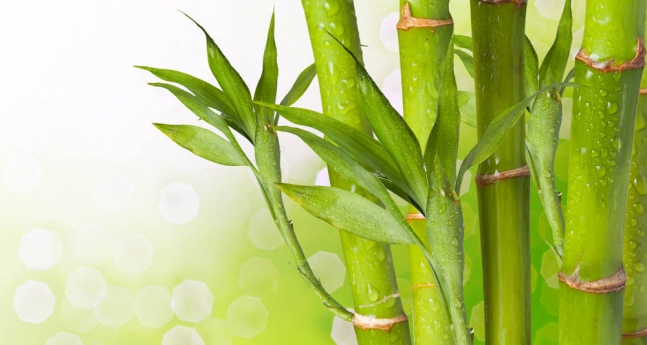- Community >
- Blog Central >
- Blog by Michelle Lynne Goodfellow >
- Wear your eco-friendly heart on your...
| Nov 28 |
Wear your eco-friendly heart on your sleeve
|
How much environmental damage is caused by the clothes that you put on your body every day? Lululemon, the Canadian yoga-wear chain, has made headlines recently with regards to unsubstantiated health-benefit claims in their eco-friendly line of seaweed clothing. How, as a consumer, can you distinguish between the healthy and the hype?
Start by being wary of “green-washing” – the tendency of businesses to jump undeservedly on the eco-friendly bandwagon in hopes of gaining a market share of this growing (and money-making) trend.
All fabrics fall into two main categories: natural fibres (such as cotton, linen, wool and silk) and manufactured fibres (such as polyester, acrylic and nylon). Natural fibres sound like good eco-friendly choices, because they are biodegradable and are comfortable to wear. But some – such as cotton and wool – require the use of toxic pesticides and detergents in their production and processing, and aren’t as eco-friendly as they may seem.
There are also manufactured fibres, such as rayon and acetate, which come from natural sources (wood pulp) rather than petrochemicals. They are energy-intensive in their production, but are biodegradable just like natural fibres.
When making a purchase, ask yourself about the environmental impact of each type of fibre, from its raw materials, manufacturing process, transportation and end use to its eventual disposal.
Hemp, for example, is a great eco-friendly fibre. Hemp crops require no pesticides, and are therefore naturally organic. Hemp processing is similar to other natural-fibre processing, and when the garment’s lifespan has ended, hemp is biodegradable.
Bamboo seems like another promising eco-friendly fibre. Bamboo plants are quick-growing, and this versatile wood can be used in a variety of ways. For clothing, bamboo grass is pulped until it is separated into fibres that can be spun and dyed like cotton.

Soy and Lyocell fibres, on the other hand, are more similar to rayon and acetate in their manufacture, requiring energy-intensive production. Soy is made from the by-products of tofu-making, and Lyocell is made from wood pulp. Both are still biodegradable, however.
Keep in mind that many of these fibres are rarely used alone, but mixed in blends with petrochemical fibres such as spandex and polyester for strength and stretch.

The solution?
Whenever possible, choose fabrics made from organic natural fibres that require the least amount of processing. Prefer un-dyed fabrics over heavily-dyed or stabilized ones. Choose fabrics that let your skin breathe, and that are biodegradable once they are discarded.
Read more about eco-friendly fibres and fabrics leladesigns.ca.
Photo Credits: Bamboo image @iamgreeny.com
Cotton lady @naturalfibres2009.org
- Category:
- Eco-friendly Living
- Tags:
- eco-friendly washing
- fabrics
- fiber
- bamboo
- natural fibres
- naturally organic
- biodegradable
- hemp
- eco-friendly















